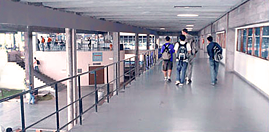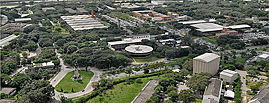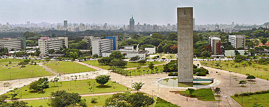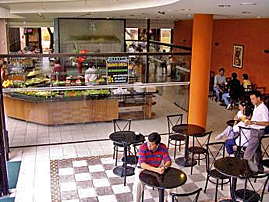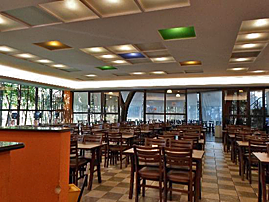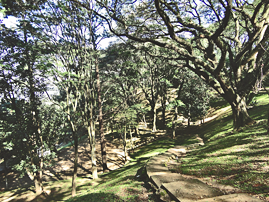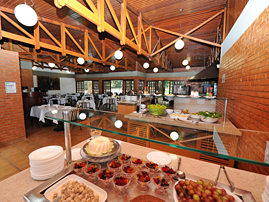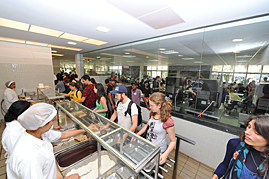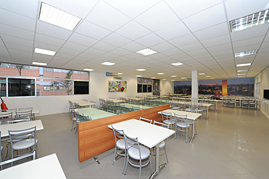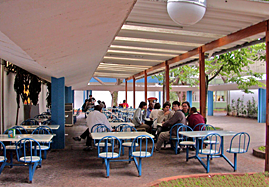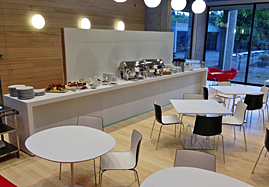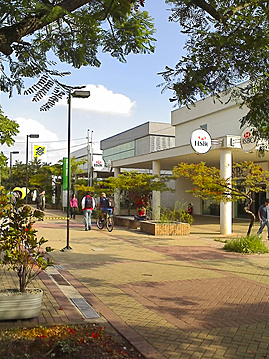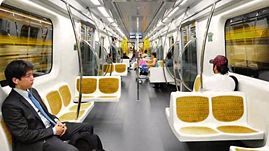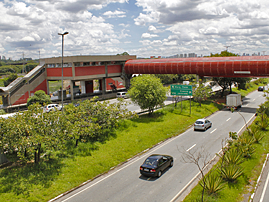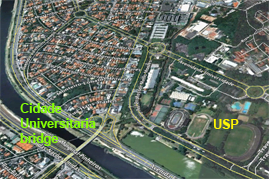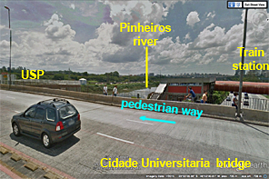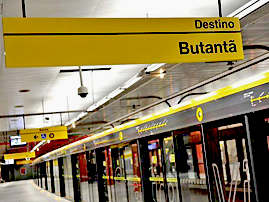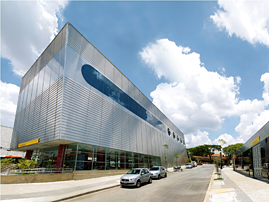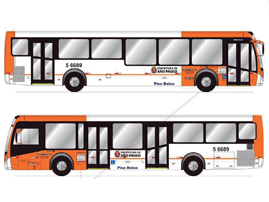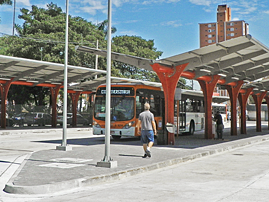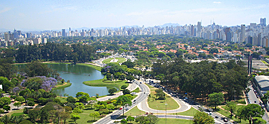Sao Paulo city
The USP campus, called Cidade Universitaria, is located in the city of São Paulo, the capital of the state of São Paulo, Brazil's most populous and wealthiest state. The city is the largest in the country, the 7th by size in the world and the 12th in world by population. Founded by the Portuguese in 1554, it started as a Jesuit mission to evangelize and teach the native indians and learn their culture and language, the Tupi-Guarani, the original language spoken at the region. Through centuries, São Paulo became a Portugal colony and, after Brazil's independence it was transformed in an imperial city. The imperial palace is today a museum managed by the University of São Paulo. São Paulo is considered the most multicultural city in Brazil and one of the most diverse in the world. Since 1870 to 2010, approximately 2.3 million immigrants arrived in the state, from all parts of the world. The Italian community is one of the strongest, with a presence throughout the city. Of the twelve million inhabitants of São Paulo, 60% (six million people) have some Italian ancestry. The Portuguese community is also quite large, and it is estimated that three million paulistanos have some origin in Portugal. The Jewish colony is more than 60,000 people in São Paulo and currently, it is the city with the largest populations of ethnic Italian, Portuguese, Japanese, Spanish, Lebanese and Arab outside of their respective countries. Research conducted by the University of São Paulo (USP) shows the city's high ethnic diversity: when asked if they are "descendants of foreign immigrants", 81% of the students reported "yes". The main reported ancestries were: Italian (30.5%), Portuguese (23%), Spanish (14%), Japanese (8%), German (5.6%), Brazilian (4.3%), African (2.8%), Arab (2.4%) and Jewish (1.2%). Due to the large influx of Japanese, German, Spanish, Italian and Arab immigrants, the Portuguese idiom spoken in the metropolitan area of São Paulo reflects some significant influences from those languages. |


